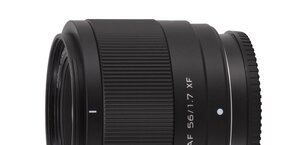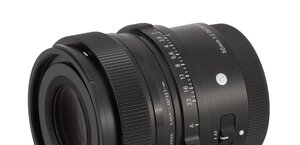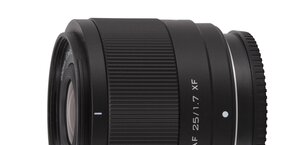Fujifilm Fujinon XF 16-55 mm f/2.8 R LM WR
5. Chromatic and spherical aberration
The longitudinal chromatic aberration of the Fujinon XF 16-55 mm is not a problem you have to discuss at some length. Quite the opposite is true. A slight colouring of defocused images is noticeable but it is a slight effect, nothing to worry about.
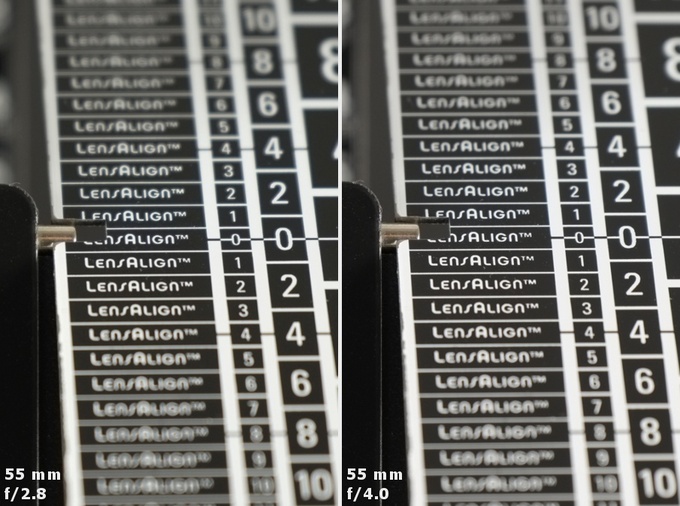 |
In the case of the lateral chromatic aberration the most problems in this type of instruments concern the combination of the wide angle and the maximum relative aperture. For example the results of the Sigma 17-50 mm and the Nikkor 17-55 mm reached 0.16%; in the case of the Sony 16-50 mm f/2.8 the lateral aberration amounted to even 0.18%. The Tokina AT-X 165 PRO DX AF 16–50 mm f/2.8 fared the worst and the best was the Canon 17–55 mm f/2.8, with a result a bit over 0.11%. Let’s check who the tested Fujinon compares.
Please Support UsIf you enjoy our reviews and articles, and you want us to continue our work please, support our website by donating through PayPal. The funds are going to be used for paying our editorial team, renting servers, and equipping our testing studio; only that way we will be able to continue providing you interesting content for free. |
- - - - - - - - - - - - - - - - - - - - - - - - - - - - - - - - - - - - - - - - - - - - - - - -
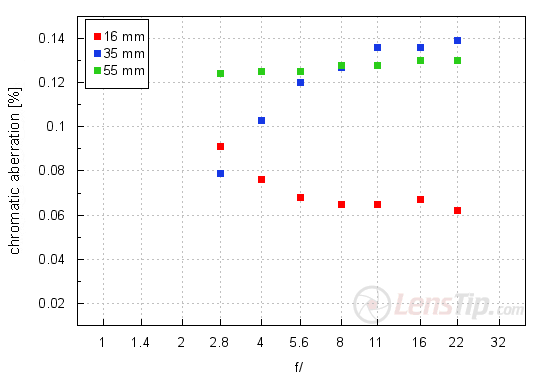
When it comes to the wide angle the situation is great, much better than that of the competitors. The maximum aberration level is just 0.09% so on the borderline between low and medium values. In the middle of the focal range the aberration won’t bother you at all near the maximum relative aperture; then it increases and after a significant stopping down it becomes medium. Most of the problems you can notice at the maximum focal length where, no matter what aperture, the aberration keeps a level of 0.11-0.12%. These are results very similar to those of the Canon 17-55 mm which aberration at the maximum focal length also hovered around 0.10-0.11%.
It is clear that, although the performance in this category can hardly be called perfect, the Fujinon has nothing to be ashamed of, especially if compared to its direct rivals. If I had to assess it at this point of the test it would gather as many positive words as the Canon. Still it is better to avoid direct comparisons; it is important that at no combination of focal length and aperture the chromatic aberration reaches high values. It is an achievement worth your praise, especially as you deal with such difficult parameters as 16-55 mm f/2.8.
| X-E1, RAW, 16 mm, f/8.0 | X-E1, RAW, 35 mm, f/11.0 |
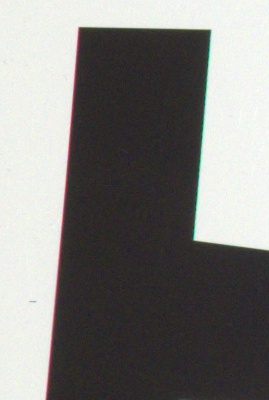
|
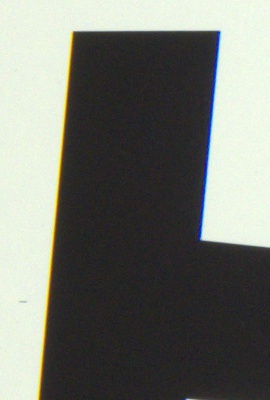
|
Spherical aberration
The tested lens didn’t have any ‘focus shift’ effect so its spherical aberration cannot be very high. You cannot even notice any distinct influence on the circles we got by defocusing images of point-like sources of light. It is true that the rim of the circle in front of the focus is a bit “softer” than the rim of the circle behind the focus but the difference is not especially huge. I suppose we can assume the spherical aberration is corrected in a perfect way.
| X-E1, 55 mm, f/2.8, in front of | X-E1, 55 mm, f/2.8, behind |
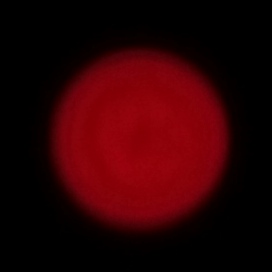
|
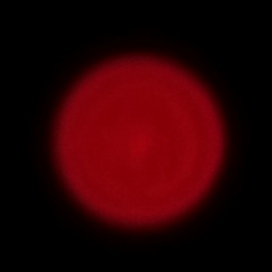
|




